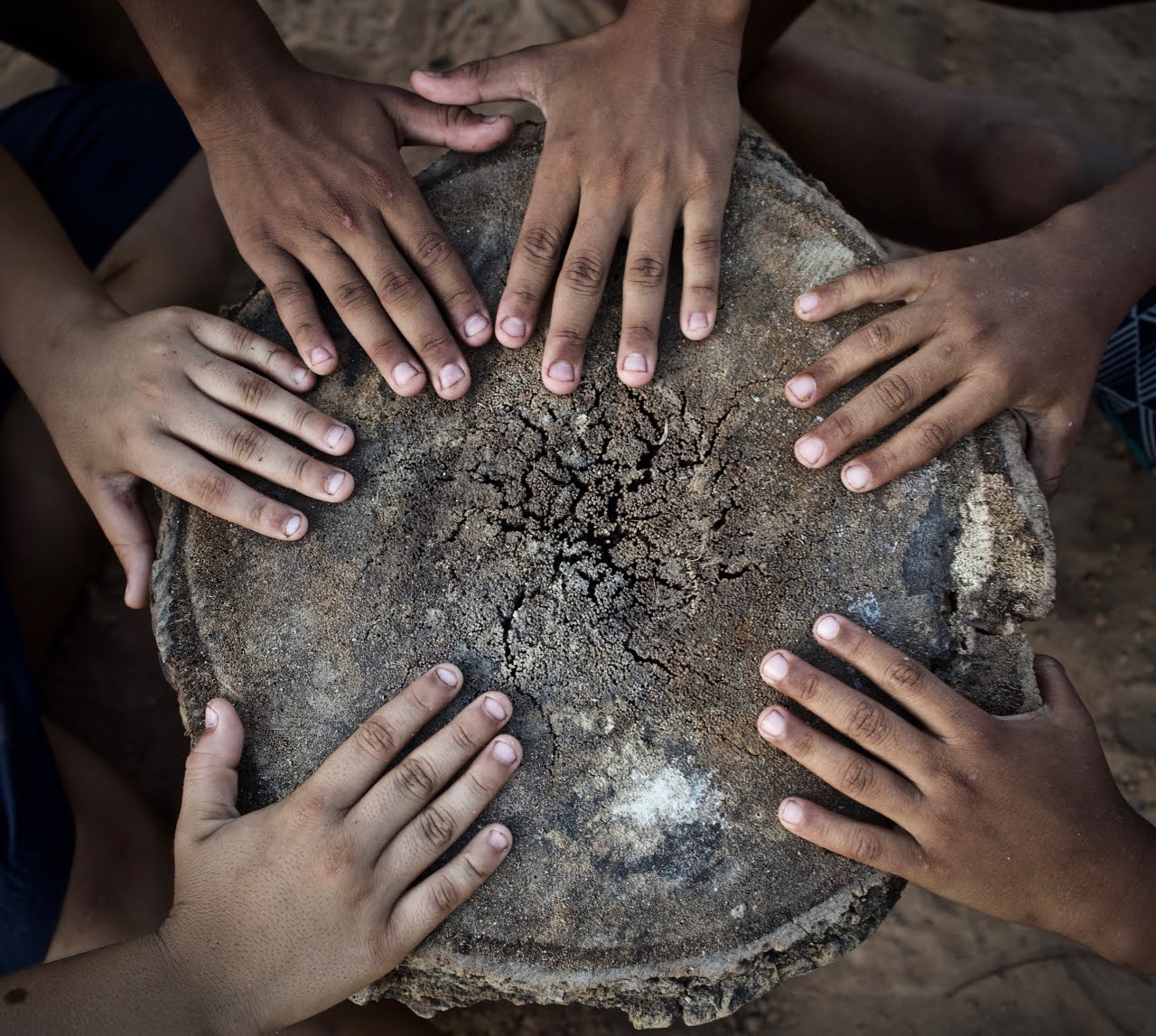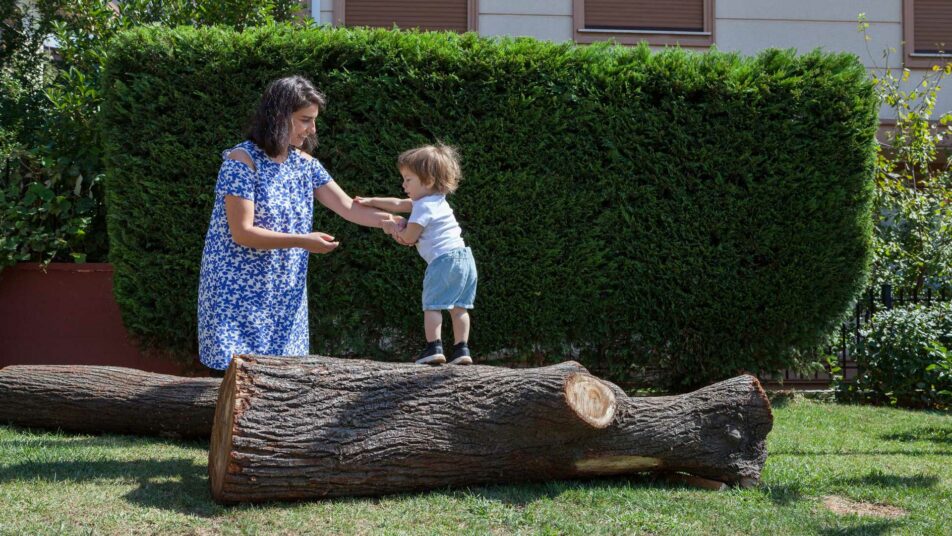“There are huge risks in raising children under what amounts to protective house arrest”
Richard Louv believes connecting to nature should be an everyday event
Richard Louv believes connecting to nature should be an everyday event
 Photo: Courtesy of Tais Costa
Photo: Courtesy of Tais Costa
Richard Louv is a journalist and the author of ten books, including Last Child in the Woods: Saving Our Children From Nature-Deficit Disorder and The Nature Principle: Reconnecting with Life in a Virtual Age. His books have been translated into 20 languages. He is co-founder and Chairman Emeritus of the Children & Nature Network, a nonprofit that helps children from all backgrounds access the natural world. He lives in Julian, California.
In conversation with journalist Pamela Druckerman

Richard Louv
Why is nature so important for children aged 0-5? What is nature-deficit disorder?
Research indicates that – for children and adults – experiences in the natural world offer great benefits to psychological and physical health, and improve the ability to learn. Time spent in nature can calm children, help them focus, and reduce symptoms of attention deficit hyperactivity disorder. It can also improve cognitive skills, lower the risk of child obesity, and help reduce myopia.
“Nature-deficit disorder” is not a medical diagnosis, but a useful term – a metaphor – to describe what many of us believe are the human costs of alienation from nature, as suggested by recent research. Nature is obviously not a cure-all, but it can be an enormous help, especially for kids who are stressed by circumstances beyond their control.
What do you mean by “nature” exactly? Does it need to be a wild forest, or just a playground with some trees?
A natural environment may be found in wilderness or in a city. It can be a park, a quiet corner with a tree, or several pots with vegetables growing outside the door, even a peaceful place with a view of the sky and clouds. Even in densely urban settings, nature can often be found.
Connection to nature should be an everyday occurrence, and if we design our cities to work in harmony with nature and biodiversity, it will become commonplace.
You write that, within the space of a few decades, the way children understand and experience nature has radically changed. Why did this happen?
The causes include increased automobile traffic, poor design of communities, dumped toxins and habitat destruction. Technology is not in itself an enemy, but the more high-tech our lives become, the more nature we need – and toddlers are now using tablets and other devices.
You also say that there’s now excessive vigilance about children’s safety. How is this impacting children’s connection to nature?
Yes, there’s a media-amplified fear of strangers. Some neighbourhoods are dangerous, but most are not as dangerous as news and entertainment media lead us to believe. Families, schools and communities try to play it safe, creating supposedly “risk-free” environments that actually create greater risks later.
We need to think in terms of comparative risk: while there are risks outdoors, there are also huge risks – psychological, physical and spiritual – in raising future generations under what amounts to protective house arrest. Child obesity is just one of them. Loneliness is another.
What are some practical ways to give young children and their caregivers more access to nature?
Currently the Children & Nature Network is partnering with the National League of Cities, which represents over 19,000 mayors of cities, towns and villages in the USA. Our goal is to help cities become nature-rich, good places for children and families – and good for nature itself.
But much of the progress we need to make comes down to personal choices. As parents and educators, we can spend more time with children in nature. This can be as simple as planning regular walks around a local park, going on a picnic, or learning how to garden in containers on the back stoop. Make getting outside in a natural area an intentional act – a healthful habit, if you will – that becomes part of your life. f we can put soccer practice on our calendars, we can put nature adventures there, too. It’s never too early – or too late – to teach children or adults to connect with the outdoors.

Photo: Courtesy of Engin Gerçek/Studio Majo
Do you see signs of progress?
When I wrote Last Child in the Woods, I could find only about 60 studies I felt confident in citing. Today the Children & Nature Network’s research library has over 1,000 research abstracts. That’s part of the good news that has accumulated, along with dramatic growth in the number of nature-based preschools and a fast-growing green schoolyards movement, among other advances.
How can we inform kids about climate change without, as you have written, “associating nature with doom”?
The American Psychiatric Association describes eco-anxiety as “a chronic fear of environmental doom”. The Lancet explained in 2020 that “symptoms associated with climate anxiety include panic attacks, insomnia, and obsessive thinking”. All of this is felt by children.
Data alone seldom moves people from awareness to action. Young people certainly need to know about threats to the environment, but they also need direct experience in nature for the joy of it, and to make their knowledge about the environment less abstract. They may know a lot about climate change and the felling of the Amazon rain forest, but too often they can’t tell you what lives in the vacant lots or lakes or parks in their own area.
Connecting ourselves and our children directly to nature is a way both to deal with the impact of loss of nature, and to plant the seeds, sometimes literally, of a nature-rich future.
See how we use your personal data by reading our privacy statement.
This information is for research purposes and will not be added to our mailing list or used to send you unsolicited mail unless you opt-in.
See how we use your personal data by reading our privacy statement.